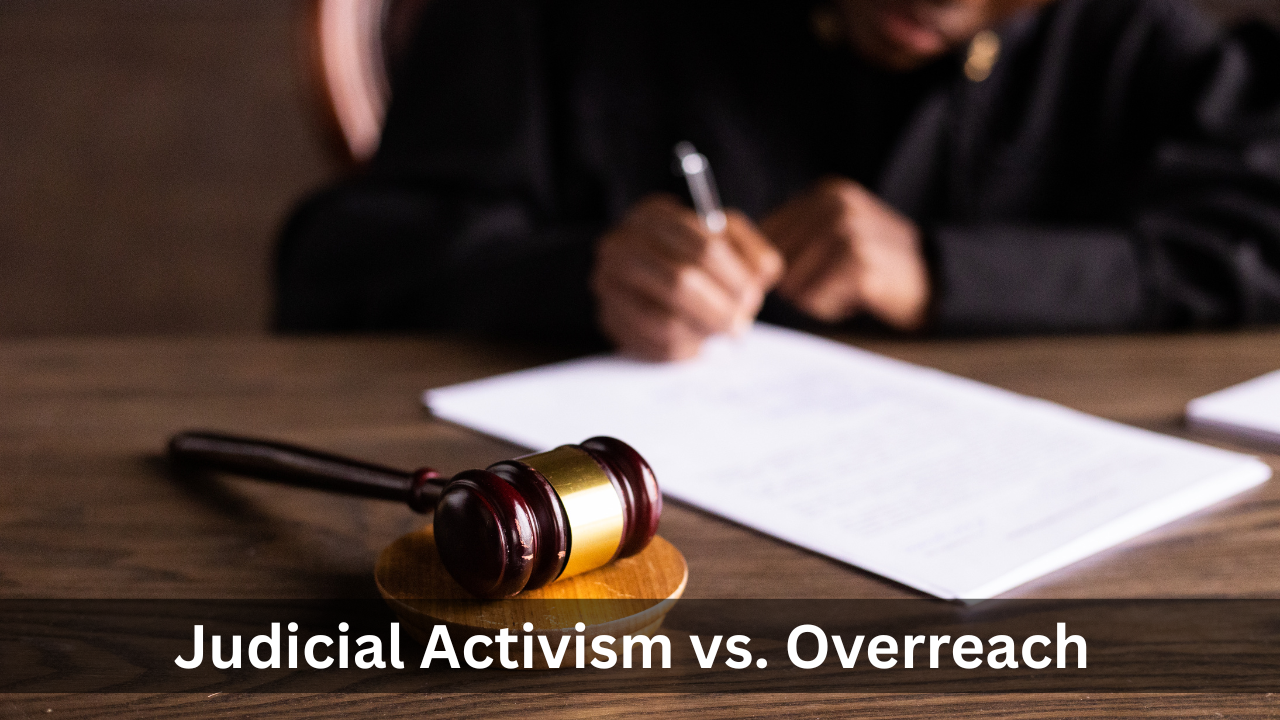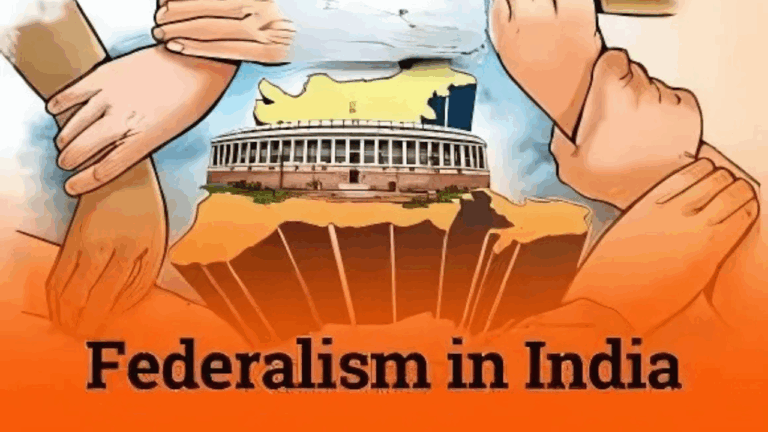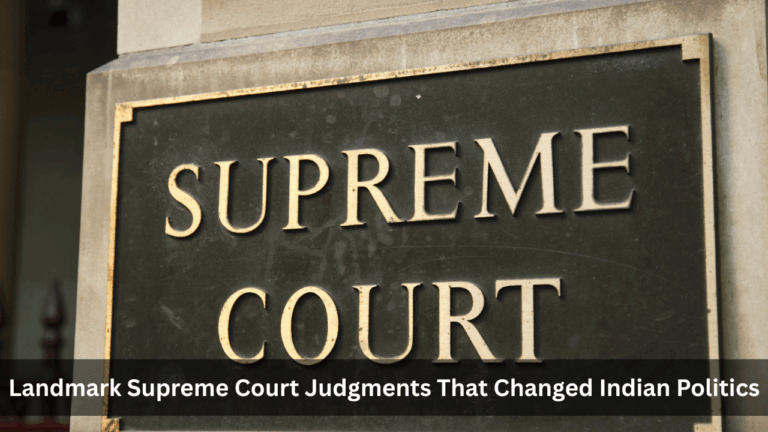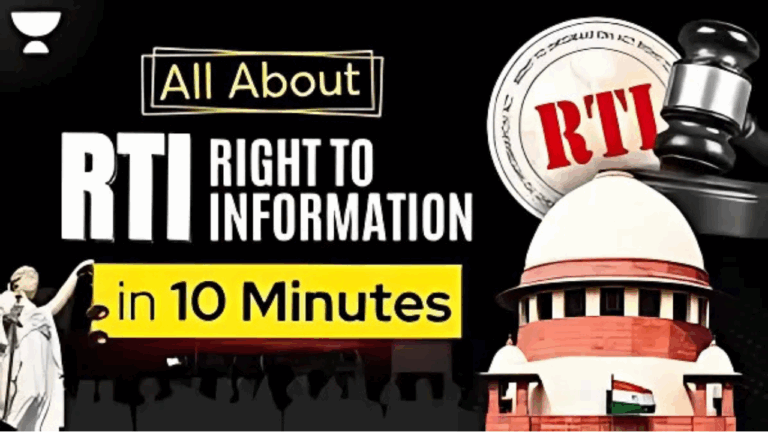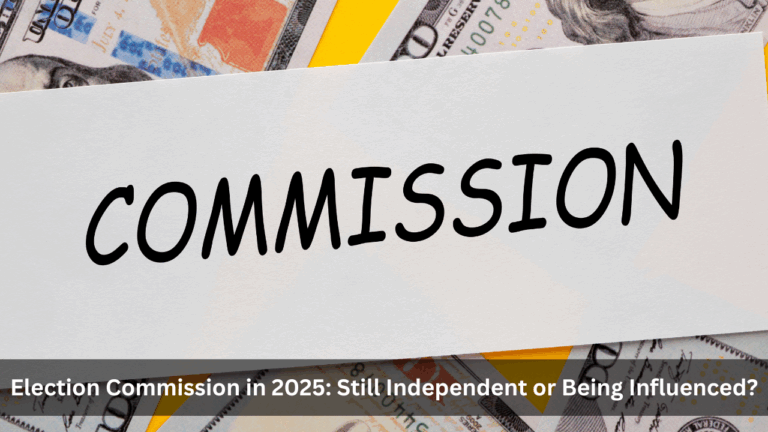Judicial Activism vs. Overreach: Why Knowing the Difference Matters
India’s democracy runs on three strong pillars – the Legislature (Parliament), the Executive (Government), and the Judiciary (Courts). Each has its own job. But sometimes, the courts step in to do more than expected — this is where the line between judicial activism and judicial overreach becomes important.
Let’s understand what both terms mean, why they are being discussed a lot in India right now, and why it matters to all of us.
What Is Judicial Activism?
Judicial activism means when courts go beyond just interpreting the law and try to solve public issues — especially when the government fails to act. It is done to protect people’s rights and ensure justice is delivered.
📌 Example: In the Vishaka case (1997), the Supreme Court created guidelines to protect women at workplaces. There was no law at the time, so the court stepped in. That’s judicial activism.
What Is Judicial Overreach?
Judicial overreach happens when courts cross the boundary and start doing what the government or Parliament is supposed to do. In short, it’s when the judiciary interferes too much in matters outside its role.
📌 Example: In 2017, the court ordered a liquor ban near highways. Many felt this decision affected businesses and tourism without involving Parliament or expert opinion.
Why Is This Being Talked About in 2025?
Recently, the Supreme Court gave a ruling that the Governor of Tamil Nadu must act within a deadline while approving bills passed by the state government. The court used Article 142 of the Constitution to make this happen.
Some people praised this as a bold step to protect democracy. But others, including the Vice President of India, said this was judicial overreach. They believe courts should not decide how the Governor or President functions.
Even the Chief Justice of India reminded everyone that all branches of democracy are equal, and courts should stick to their own roles.
Why This Debate Matters
✅ For the People:
When courts act on big issues like pollution, safety, or rights — they help citizens. But if they go too far, it can disturb the balance of power.
✅ For Democracy:
A strong democracy needs all three branches to respect each other’s space. If one branch does everything, others become weak.
✅ For the Future:
Courts should solve problems without turning into lawmakers or administrators. The system works best when each part does its job well.
What’s the Right Balance?
- Courts should act when laws are missing or the government is silent.
- But they should avoid making rules that Parliament is supposed to make.
- People and lawmakers must respect the court — but courts should also show restraint when needed.
Final Words
Judicial activism has helped India become a more just and fair society. But when it crosses into overreach, it can create confusion and even harm democracy.
As citizens, we must understand this difference and stay informed.
For more such political news in clear and simple words, keep visiting Scoopearth.
✅ Stay aware
✅ Know your Constitution
✅ Value your democracy

